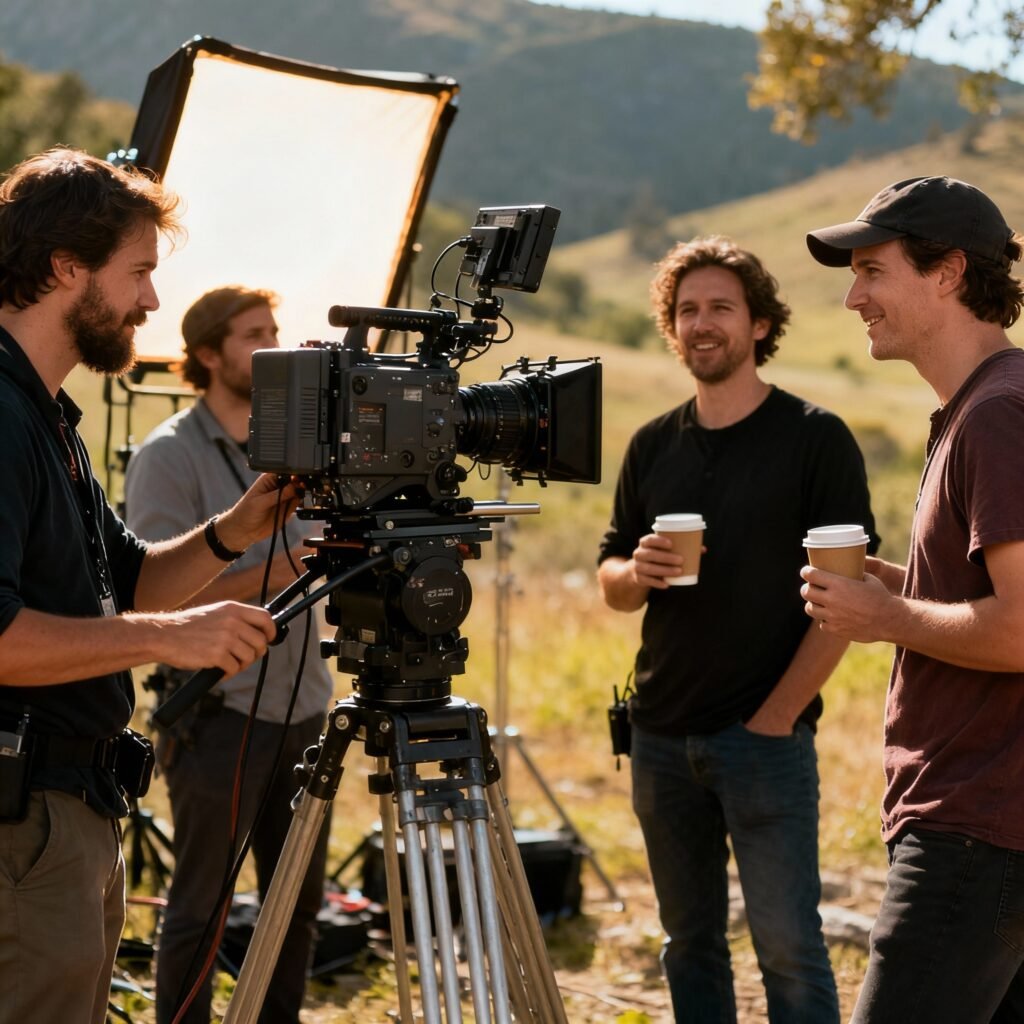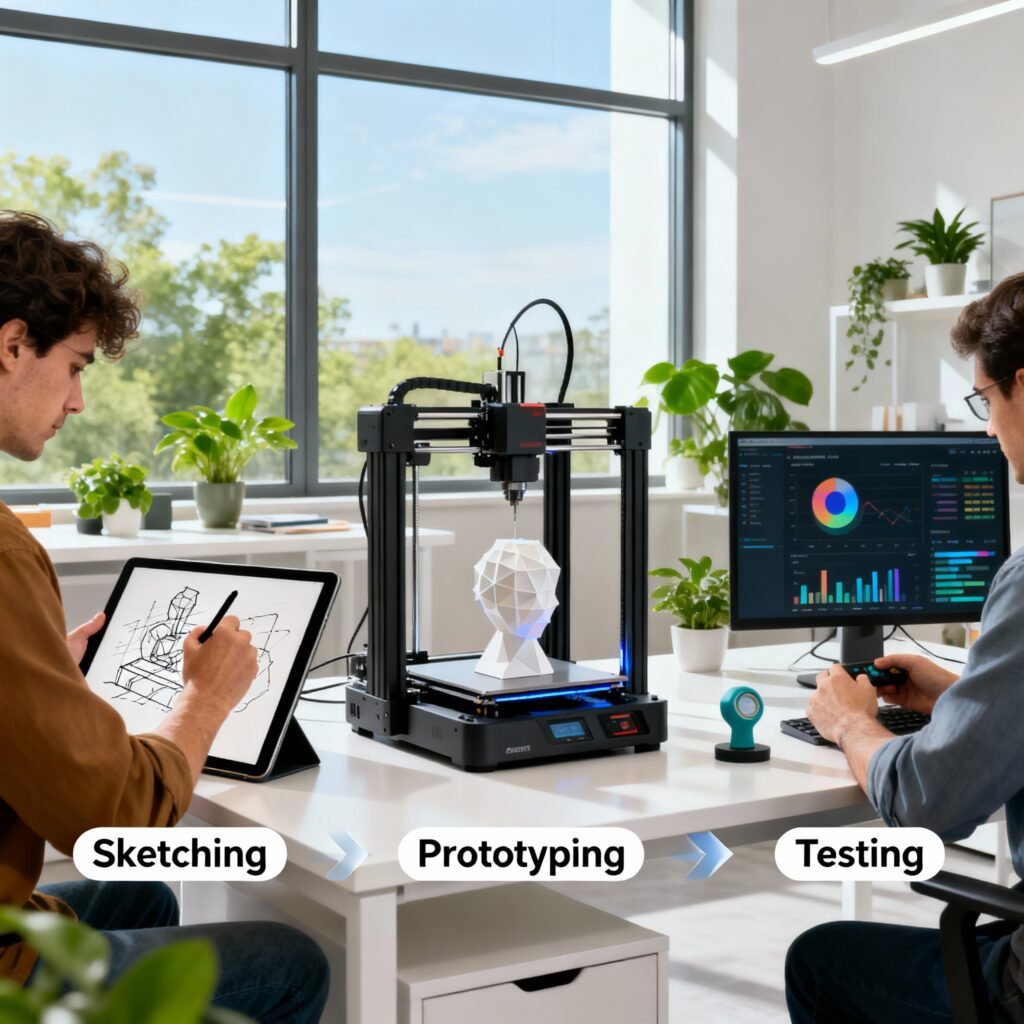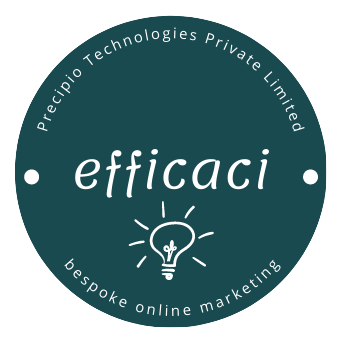As someone deeply invested in the digital marketing landscape, I’ve learned that one of the most powerful currencies in today’s market is trust. Consumers don’t just buy products anymore—they buy relationships, values, and stories. In this ever-evolving online space, building trust through video marketing has become the cornerstone of authentic brand engagement.
When I first started creating content for my clients, text-based marketing was dominant: blog posts, case studies, and newsletters. But over time, I noticed a shift—audiences preferred faces over paragraphs and emotions over explanations. That’s when I turned my focus to video marketing, not just as a promotional tool but as a psychological bridge between brand and audience.
Trust building a critical component of your video marketing funnel. In this article, I’ll walk you through my complete approach to building trust through videos—covering emotional storytelling, transparency-driven content, user participation, and proof-based communication strategies.
The Trust Economy and Why Video Leads It
Trust doesn’t appear from thin air—it’s nurtured through consistent storytelling, authentic communication, and emotional transparency. In marketing, especially digital, these three qualities often get lost in automation. Video reverses that.
When someone watches you speak, sees your body language, and connects with your tone of voice, an immediate sense of personhood emerges. That psychological closeness cannot be replicated through written text alone.
From a strategic viewpoint, video touches three dimensions of trust:
- Visual authenticity: People can “see” your sincerity.
- Emotional immersion: Music, pacing, and expressions trigger empathy.
- Social proof: Videos amplify testimonials and peer validation.
Every platform—YouTube, LinkedIn, Instagram, or even your homepage—can serve as a trust chamber if used intentionally. Statistics point that way.
Crafting a Brand Story Video
My journey with brand story videos began with one question: Why should people care about this brand beyond its product?

A brand story video isn’t about saying what you sell—it’s about showing why you exist. It’s the cinematic version of your “About Us.” The goal here is emotional resonance, not self-promotion.
When I script these videos, I follow three storytelling pillars:
- The Origin – Describe the moment of inspiration. Why did you start?
- The Struggle – Share real obstacles faced along the journey.
- The Vision – Show where you are headed and why your mission matters.
For one client in the wellness space, I helped produce a minimalistic brand story video featuring the founder’s morning routine, early failures, and first happy customer. There were no fancy voiceovers—just ambient music, slow-motion visuals, and real conversations. Within weeks, the brand gained more followers and repeat buyers who mentioned they felt “emotionally connected.”
That’s the magic of storytelling—it makes your brand human. People trust humans, not logos.
Behind-the-Scenes (BTS) Videos: The Power of Transparency
One of the deepest trust-building techniques I’ve used is the behind-the-scenes video. Viewers love to peek behind the curtain—they want to see how things are made, who is involved, and what your work culture looks like.
When I first uploaded a BTS video showing how our marketing team brainstorms creative campaigns, it changed how clients perceived us. They no longer saw us as faceless professionals but as real people collaborating with enthusiasm and care.
BTS videos build trust because they:
Create emotional intimacy, as viewers see your mistakes, laughter, and teamwork.
Reveal your process, not just your product.
Invite the audience inside your space, symbolically including them in your journey.
These videos also counter the “too polished” image that sometimes creates distance between brand and audience. Imperfection, when framed authentically, becomes more relatable than perfection.

Customer Testimonial Videos: Proof Beyond Claims
One of the biggest lessons I’ve learned in marketing is this—your customers’ words sell better than your own.
Written testimonials are great, but video testimonials multiply trust. When people see your customer smile, hear their tone, and witness their satisfaction, it creates social validation that no advertisement can replicate.
When producing customer testimonial videos, I focus on:
- Authentic storytelling: Let customers narrate their personal journey.
- Visual context: Show them using your product or service.
- Subtler editing: Keep background music and transitions light to preserve genuineness.
For example, I once recorded a customer discussing how a mindfulness app we marketed changed their daily routine. Their voice cracked slightly midway as they described overcoming anxiety. That single clip generated hundreds of emotional reactions in the comments and boosted conversions by 40%.
Trust is not a byproduct—it’s an emotional transaction that happens when people feel understood.
Expertise Videos: Demonstrating Knowledge with Credibility
In a crowded digital space, being seen as an authority increases trust tenfold. That’s where expertise videos come in.
When I began creating these for my clients—especially in wellness and marketing—the goal was not to promote services but to educate. Teaching builds authority, and authority builds long-term trust.

Expertise videos may include:
- Step-by-step tutorials.
- Industry insights or research-backed discussions.
- Predictions, case studies, or trend analyses.
I usually keep these videos structured but approachable. Instead of lecturing, I talk conversationally, use visuals or slides, and occasionally admit when I’m exploring new territory. Audiences respond positively to humility—it shows continuous learning rather than perfection.
When someone perceives genuine expertise combined with authenticity, trust becomes the automatic outcome.
Live Interaction Videos: Real-Time Trust Building
One of the fastest trust accelerators I’ve experienced is live video—webinars, Q&A sessions, and live social interactions. Unlike edited videos, live streaming carries unpredictability, making it feel more real.
When I host live sessions, I make it interactive:
- Allow questions and address them instantly.
- Share spontaneous insights or real-time feedback.
- Accept imperfections like pauses or technical hiccups with humor.
People connect to genuineness. In a world saturated with filters and scripts, live videos signal transparency.
I still remember a moment during a livestream when I forgot a key marketing statistic. Instead of pretending, I laughed, looked it up, and moved on. The chat blew up with supportive messages, and several viewers later commented, “That made you more relatable than ever.”
Mistakes, when handled with authenticity, reinforce human credibility.
Educational Series: Guiding Instead of Selling
Another effective trust-building approach I use is creating educational video series. These aren’t mere tutorials—they’re structured lessons that provide long-term value.
For instance, I once launched a 5-part series titled “Authentic Growth: Video Marketing for Beginners.” It wasn’t free of commercial intent, but the focus was always education-first. The results were outstanding: followers stayed engaged across episodes, and many turned into loyal customers.
This technique works because consistent educational value cultivates dependence—and dependence, when ethical, transforms into trust.
Tips for an impactful educational video series:
- Break the topic into sequenced lessons.
- Maintain consistent branding and tone.
- Always leave viewers with actionable takeaways.
Your audience begins to associate your voice with guidance, which is the foundation of long-term trust.
Team and Culture Videos: Humanizing Your Brand
When people know who drives a brand, their sense of trust multiplies. Team and culture videos serve as emotional anchors—they reflect your values, ethics, and everyday spirit.
I once helped an eco-friendly brand create a short video where the employees shared “why they joined this mission.” No talking points, no makeup—just raw honesty. That video drove more emotional engagement than any advertisement they’d ever released.
Why this works:
- Viewers trust people, not corporations.
- Seeing shared values cultivates emotional identification.
- Cultural transparency lowers perceived distance between company and consumer.
Authenticity, once again, becomes your competitive superpower.
User-Generated Videos: From Audiences to Advocates
One of my favorite strategies for building trust through video marketing is leveraging user-generated content (UGC). When customers become creators, they shift from being mere consumers to co-storytellers.
This strategy not only amplifies reach but reinforces legitimacy—because people inherently trust other people more than brands.
To encourage user-generated videos, I:
- Start contests encouraging creative use of products.
- Highlight user voices on official channels.
- Thank and share community submissions sincerely.
Every UGC post is a deposit into your brand’s trust bank. It tells viewers, “See? We’re trusted by people like you.”
Product Journey Videos: Showing, Not Telling
Another subtle yet powerful trust-builder is the product journey video—where you show the making, iteration, and improvement process behind a product or service.
When customers witness your dedication to refinement, they perceive honesty, care, and diligence. I often script these videos chronologically—starting with the rough prototype and ending with user satisfaction stories.
Whether it’s behind-the-lab footage, customer testing clips, or raw feedback sessions, these videos assure audiences that your brand values progress and quality over perfection.
One brand I consulted presented their design evolution in a time-lapse video—from sketch to real product. The video went viral, not because of aesthetics, but because of emotional honesty—viewers felt part of that creative journey.

Case Study Videos: Turning Results into Stories
When data meets narrative, trust crystallizes. That’s the premise of case study videos, where you present measurable outcomes infused with storytelling.
I often structure them like this:
- The Challenge – What was the client’s problem?
- The Strategy – What approach did we take?
- The Transformation – What results did we achieve?
Unlike promotional videos, case study content thrives on realism. Include errors, lessons learned, and real reactions—not just polished results.
When people see you sharing both success and learning moments, you move beyond sales—you become a trusted ally who genuinely solves problems.
Emotional Micro-Videos: Touching Hearts in Seconds
Short-form platforms like Instagram Reels and YouTube Shorts changed the landscape of video trust-building. Micro-videos now execute in 15 seconds what used to take a minute.
But brevity doesn’t mean superficiality. A single glance, quote, or act of compassion can anchor brand trust. I use these to:
- Share inspiring thoughts, team moments, and mini-tips.
- Showcase gratitude—thank your followers, employees, or partners.
- Express vulnerability—share small challenges with hope.
Every clip becomes a touchpoint of emotional connection. People who repeatedly encounter sincerity eventually believe in it.
Ethical Storytelling: The Soul of Authentic Video Marketing
In my career, I’ve seen brands misuse emotions—fabricating sob stories or manipulating empathy. But ethical storytelling separates genuine trust from performative marketing.
Authenticity can’t be faked. Viewers catch emotional inconsistency instantly. Hence, I always keep ethical integrity as a non-negotiable creative rule:
- Never exaggerate or stage authenticity.
- Always credit real people and stories.
- Represent diverse voices truthfully.
Ethics isn’t just moral—it’s strategic. Sustainable trust grows where honesty harmonizes with storytelling art.
Measuring Trust: Beyond Views and Clicks
To know if your video strategy is truly building trust, you must go beyond vanity metrics. Here’s how I measure emotional resonance:
- Sentiment analysis through comments and reactions.
- Engagement time—how long people watch and respond.
- Community participation—reposts, shares, and organic mentions.
- Brand perception surveys after campaigns.
Trust can’t be quantified perfectly, but behavioral patterns reveal increasing comfort and respect from audiences.
Consistency Is the Ultimate Trust Multiplier
No matter how brilliant a video is, isolated efforts don’t build enduring trust. The key is consistency.
When people repeatedly see authenticity across formats—stories, BTS, testimonials, and expertise—you create psychological reliability. Reliability is the seed of trust.
That’s why I plan every video campaign as part of a long-term emotional narrative, not sporadic content bursts. Frequency matters less than emotional continuity. And that is because, I want to embark upon building trust through video marketing.
The Human Factor in Video Marketing
At its heart, building trust through video marketing is about being courageously human in a digital world.
Videos allow a brand to:
- Speak with empathy.
- Listen through comments and responses.
- Evolve alongside the community.
I’ve learned that trust isn’t built by perfection—it’s built by presence. When people feel your soul in your storytelling, they don’t just watch—they believe.
Integrating Video Trust-Building into a Marketing Funnel

For professionals integrating videos strategically, here’s how I design the trust ladder:
- Awareness Stage – Brand story videos introduce your philosophy.
- Engagement Stage – Educational and expertise videos demonstrate credibility.
- Consideration Stage – Customer testimonials and case studies validate results.
- Conversion Stage – Live Q&As and demos resolve final hesitations.
- Loyalty Stage – Behind-the-scenes updates and community challenges nurture retention.
Each stage reinforces another, forming a psychological continuum of reliability. This is building trust through video marketing.
Emotional Truth Over Aesthetic Perfection
In my early years, I obsessed over cinematic quality—4K lenses, transitions, lighting. But I soon realized that truth outperforms polish.
Viewers forgive a shaky shot if the story feels honest. They forgive lighting imperfections if the smile looks real. They don’t demand Hollywood—they demand heart.
Today, I prioritize emotional scriptwriting over visual extravagance. Real reactions, candid conversations, and raw laughter go far longer in building trust than any DSLR upgrade.
Creating a Signature Video Tone
Every trustworthy brand has a consistent emotional tone—warm, curious, humorous, or reflective. I spend weeks helping clients find this tone before producing even a single video.
Ask:
- What emotion should people repeatedly feel after watching our content?
- What aspects of our values translate visually?
- How can we sound authentic yet distinctive?
Once your tone becomes identifiable, audiences predict resonance, which psychologically amplifies trust even before they hit play.
The Future of Trust-Driven Video Marketing
As AI, CGI, and virtual influencers rise, authenticity will become rarer—and hence, more valuable. The more the digital world automates, the more audiences will crave human truth.
We might soon see hybrid video strategies:
- AI tools assisting with scripting and analytics.
- Humans ensuring emotional authenticity and empathy.
In that balance lies the future—technology amplifying sincerity, not replacing it.
My Journey of Transformation as a Creator
When I look back at my early content, I realize the biggest transformation wasn’t technical—it was emotional. I learned to stop selling on camera and start sharing.
That shift—from persuasion to conversation—completely changed how audiences responded to me. People don’t trust brands that try too hard to impress; they trust those who simply care.
Every like, comment, and subscription became less about vanity and more about genuine connection. That’s when video marketing stopped being a “strategy” and became a bridge of empathy.
Conclusion: Trust is the True ROI
To me, building trust through video marketing is not a creative choice; it’s a moral and strategic necessity. In a marketplace drowning in ads, brands that remain human will always shine brighter.
Video marketing helps people see your truth, feel your values, and believe your intentions. And once you earn that belief, no algorithm or competition can take it away.
Because in the end, people may forget your visuals, your slogans, or even your logo—but they’ll never forget how your story made them feel.


0 Comments